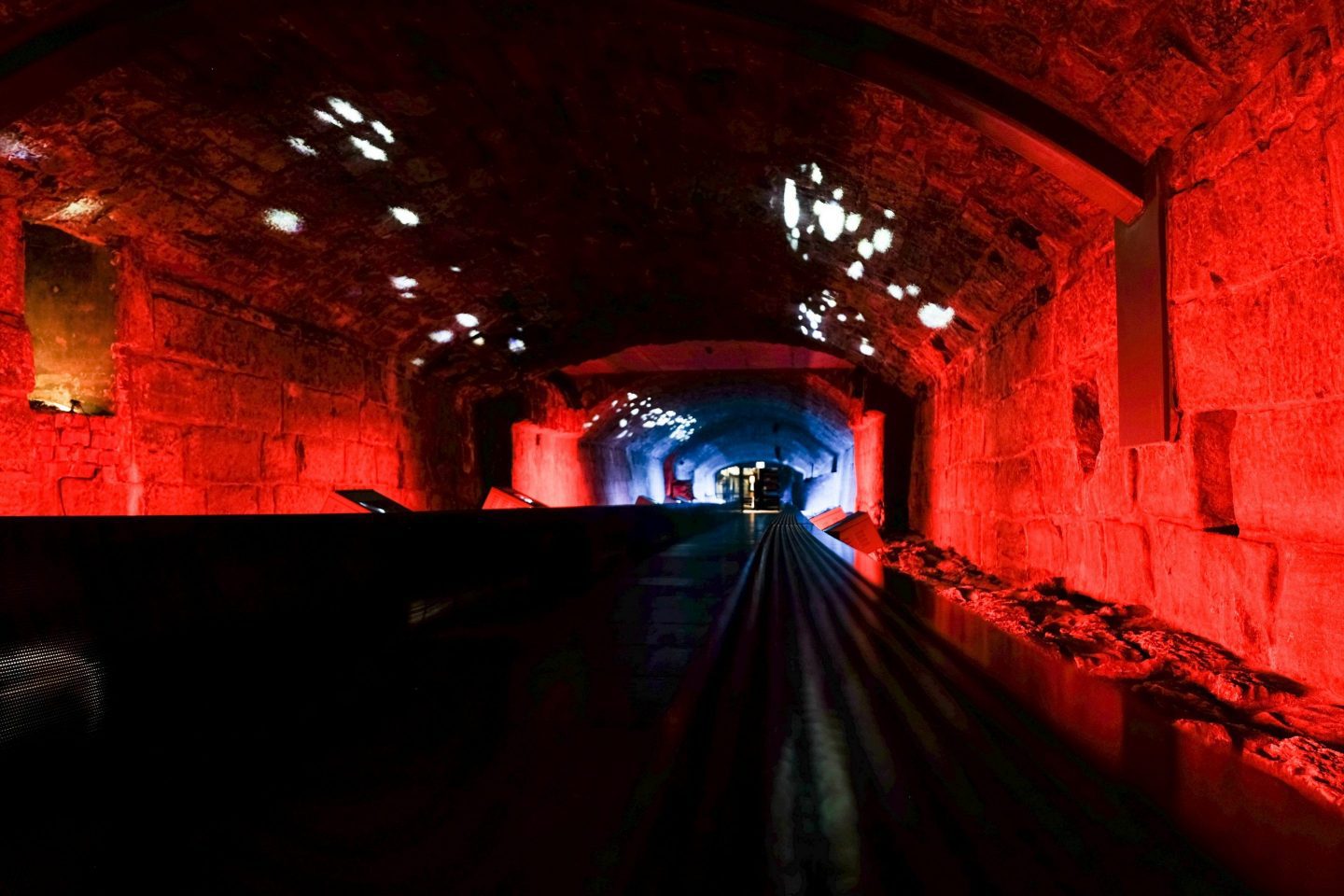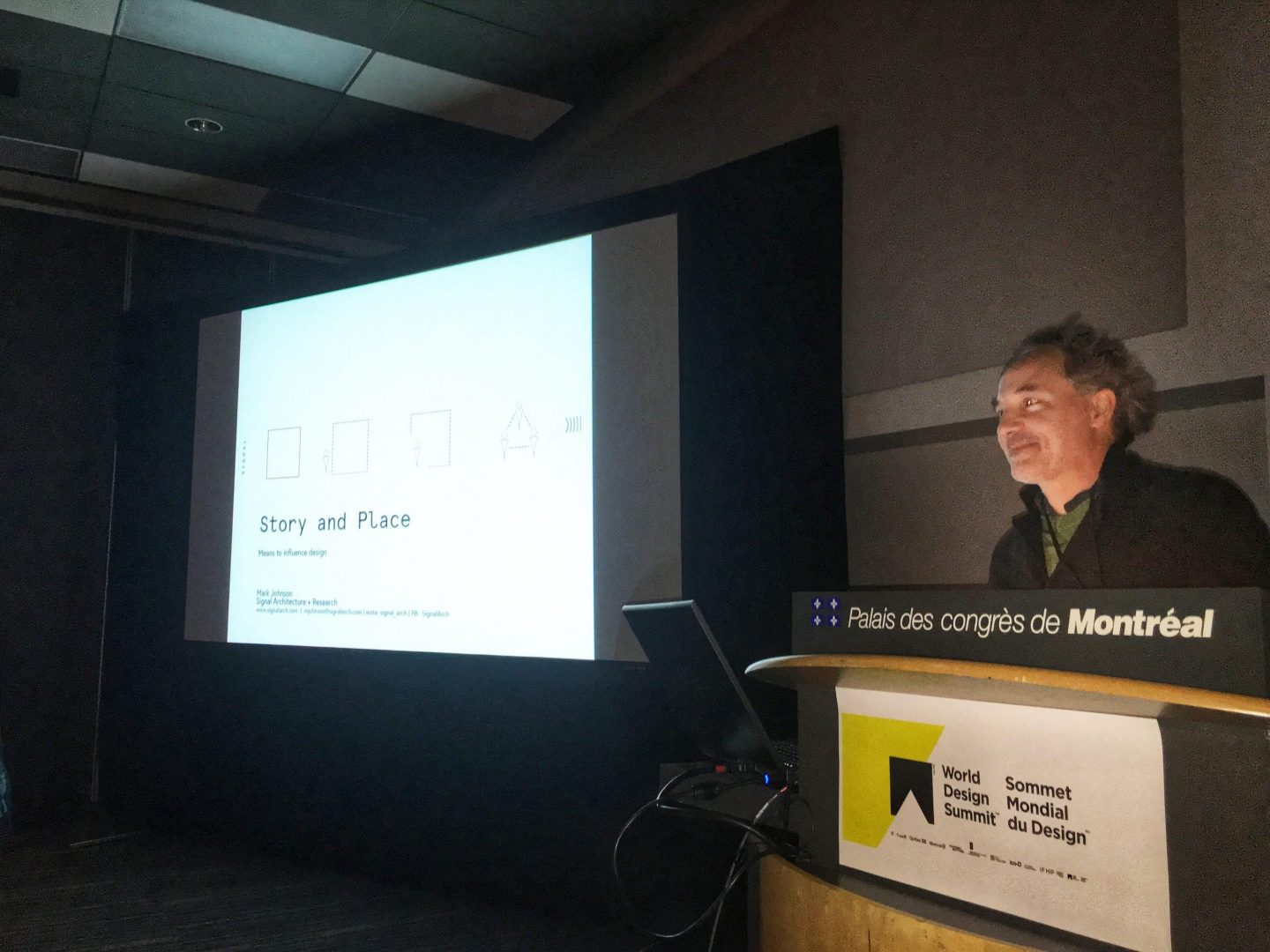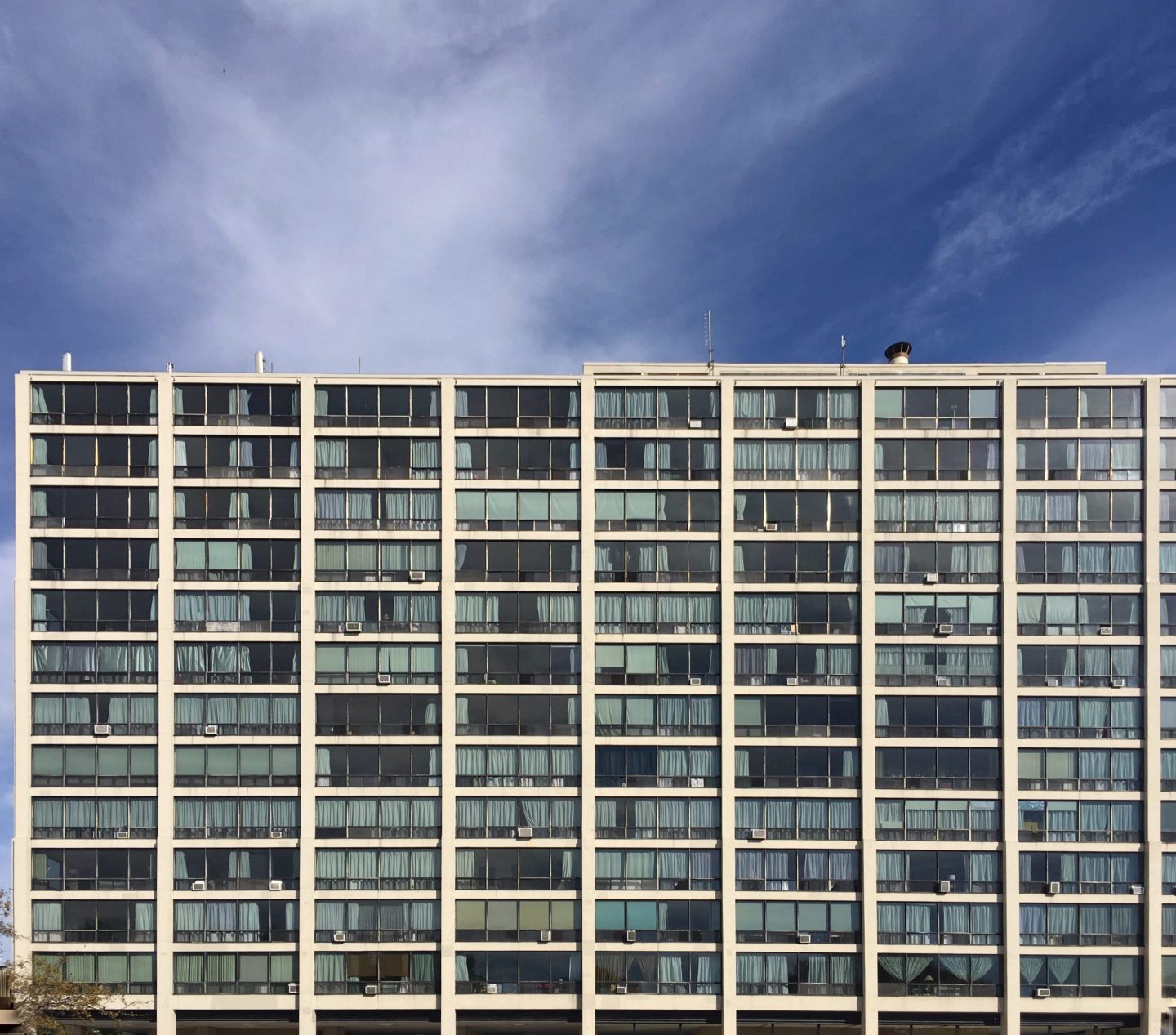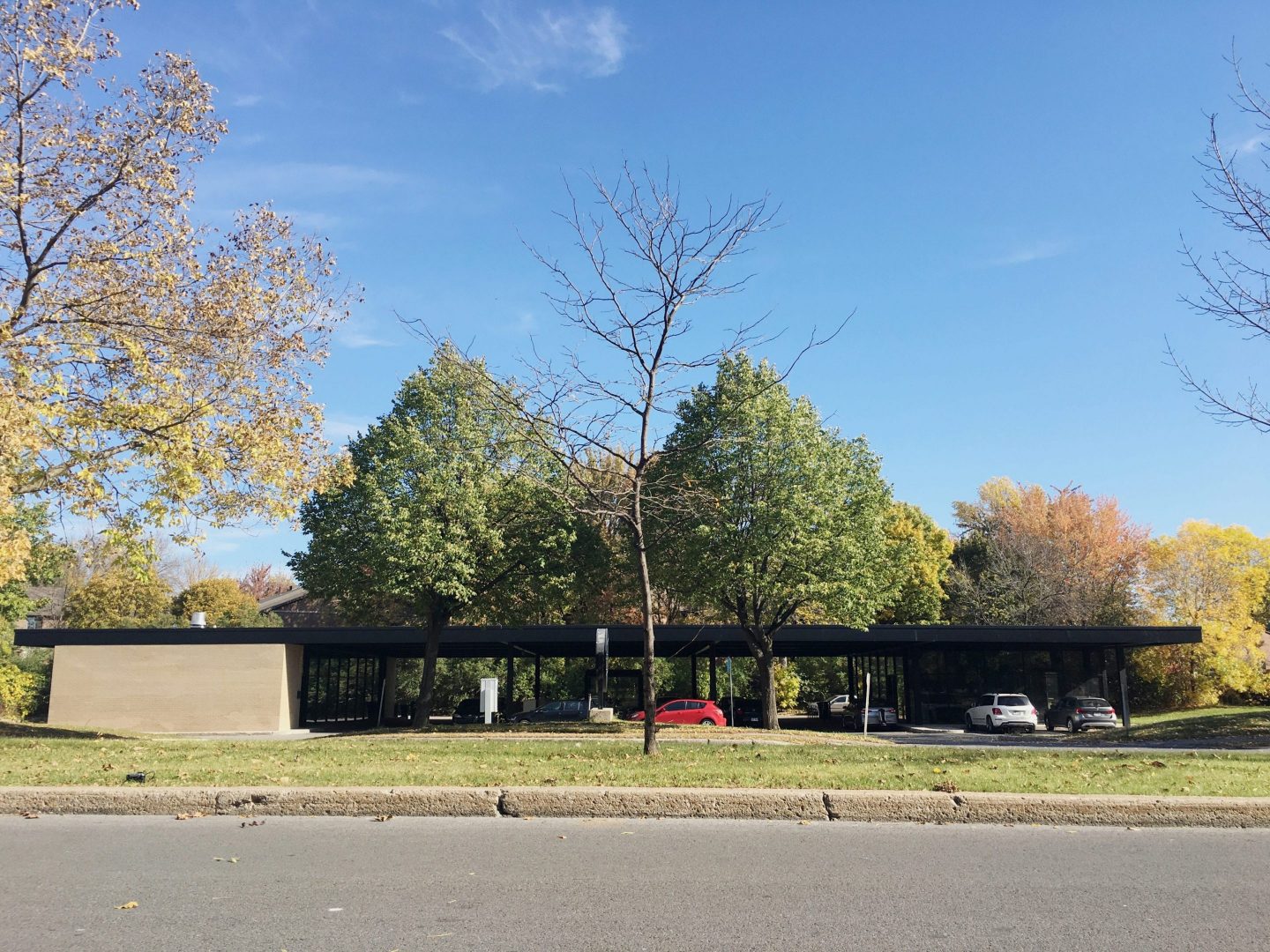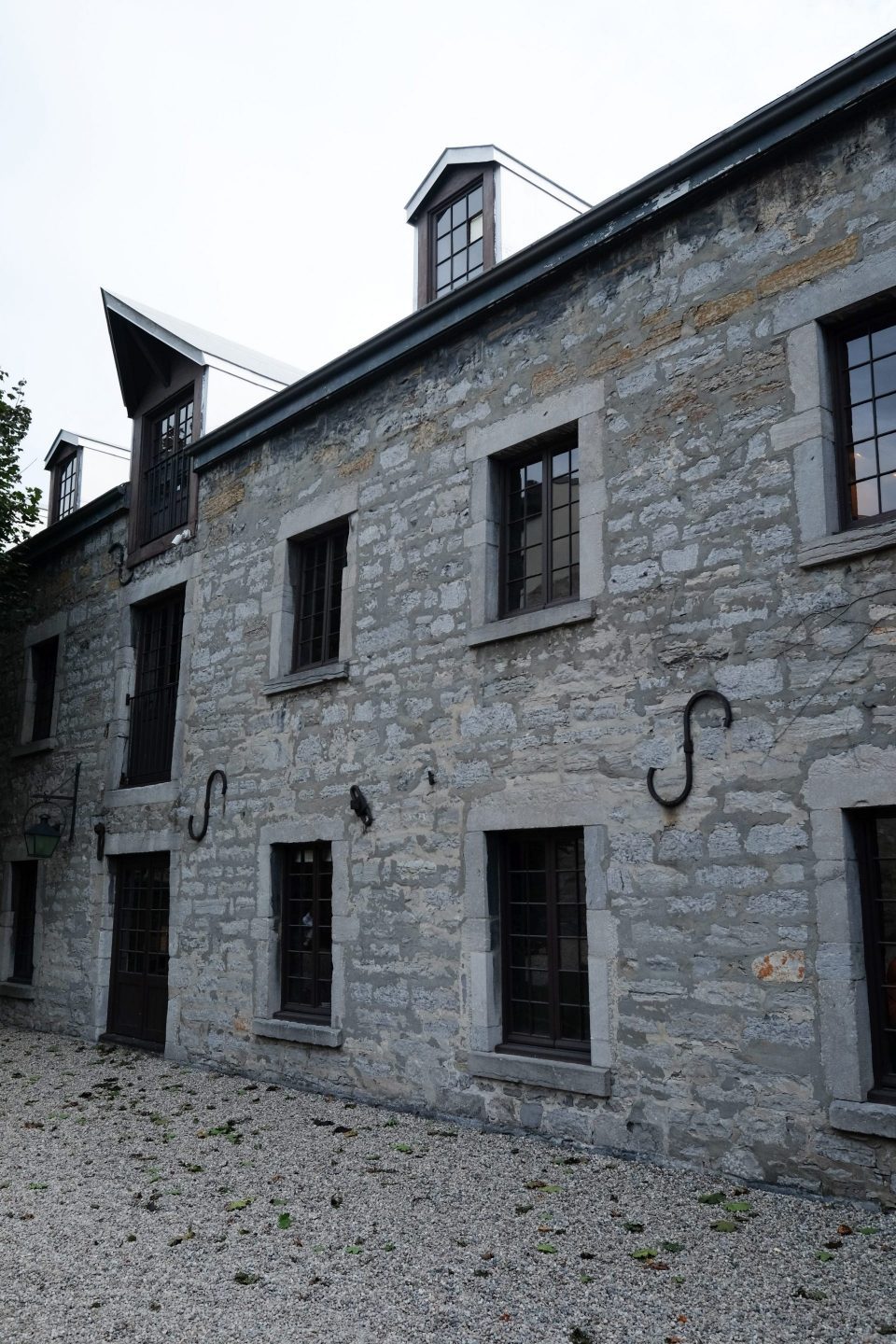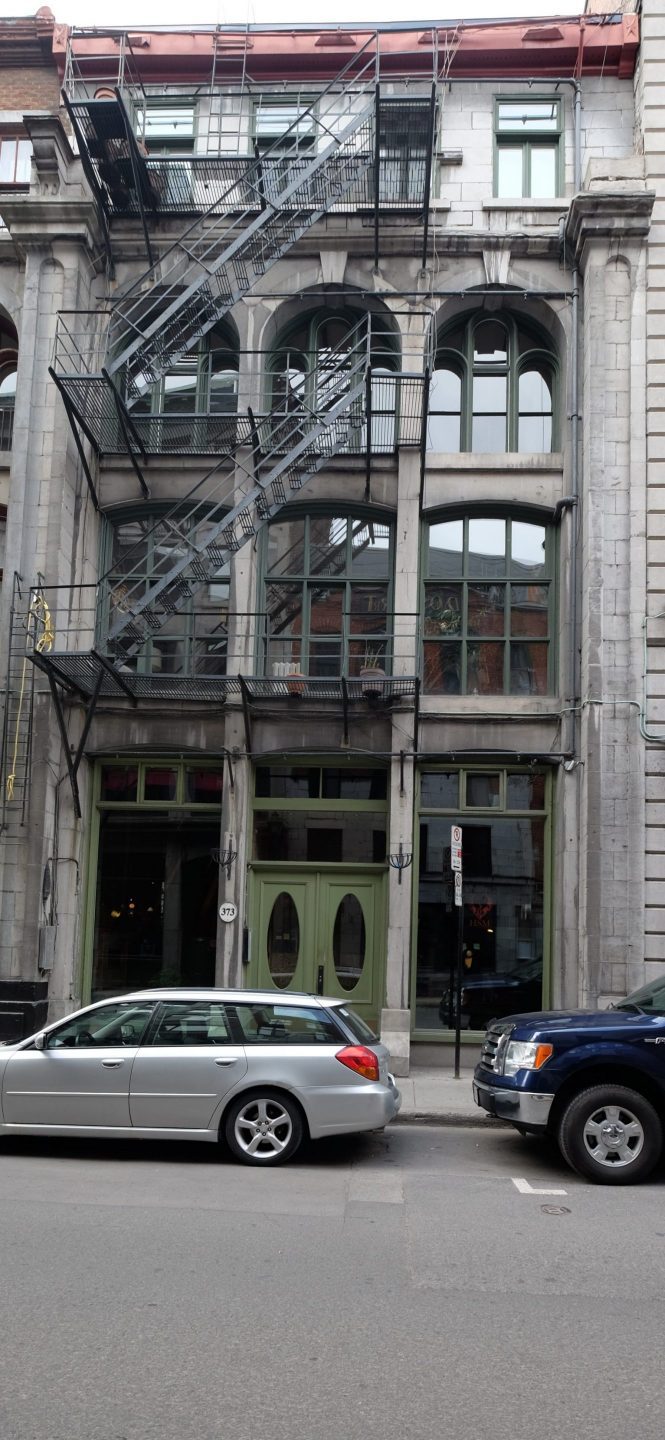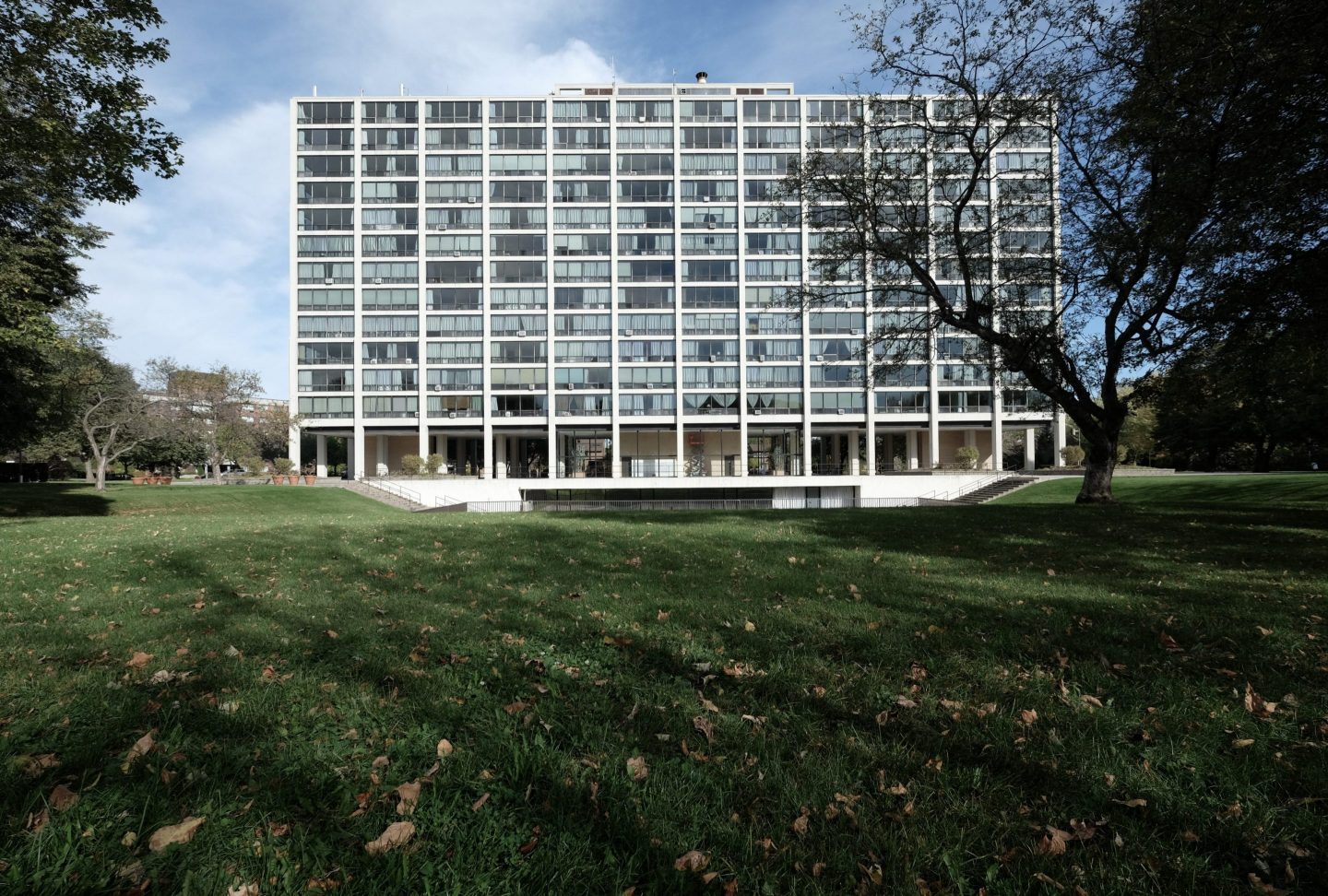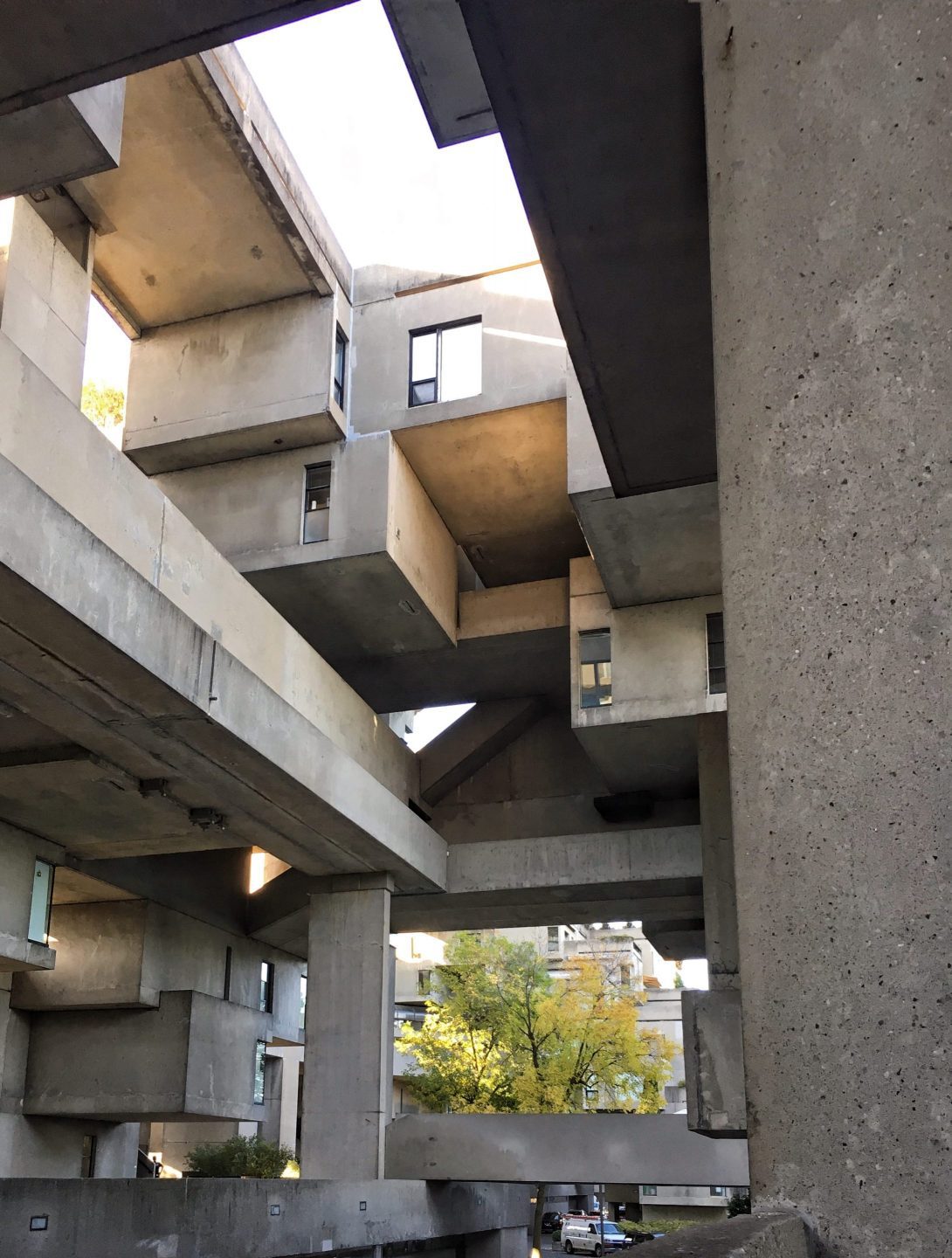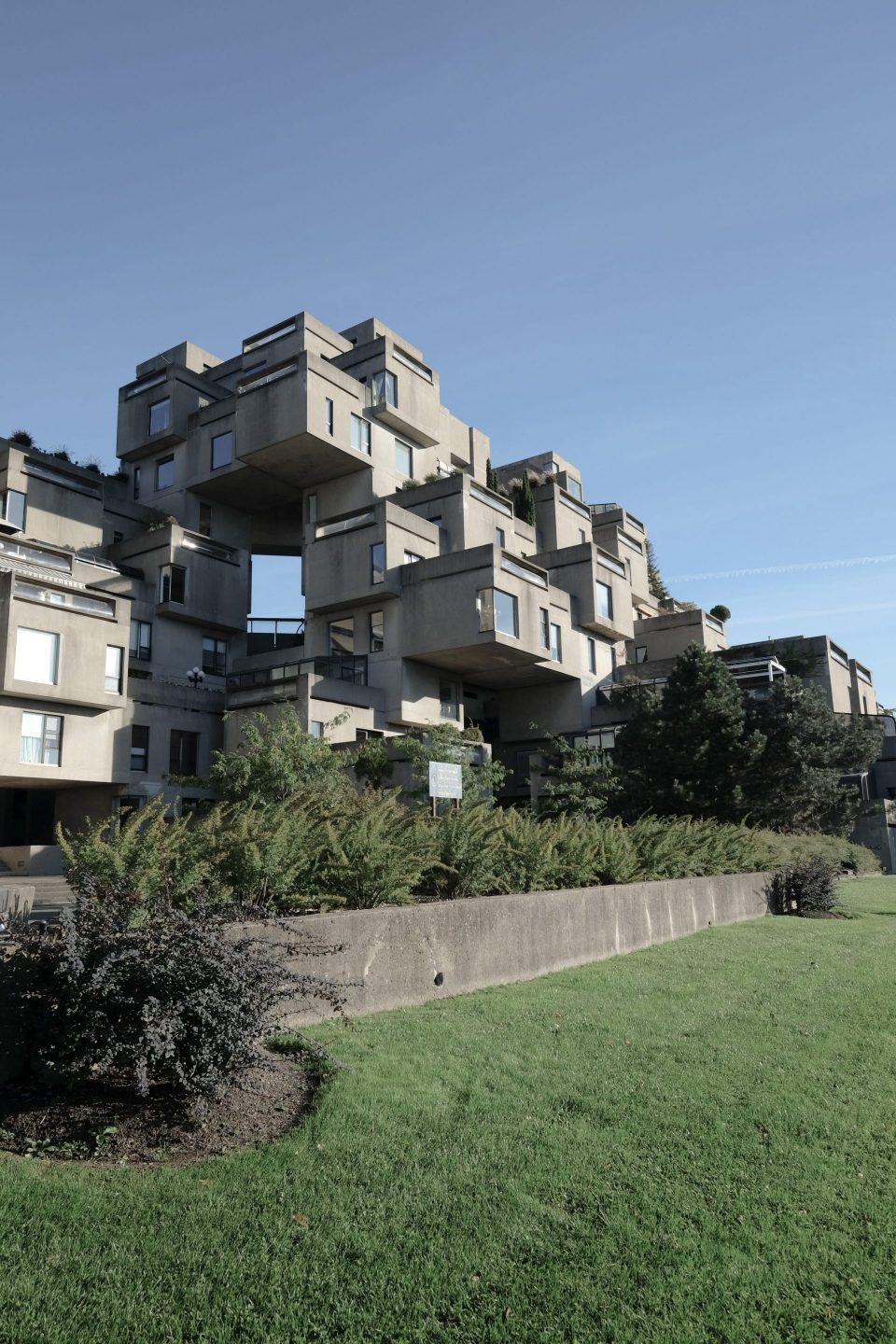Power of Story: Narrative as a Design Tool
Montreal, Quebec
Signal had a fantastic trip to Montreal in October, presenting a lecture on the power of design narrative at the World Design Summit. We were fortunate to have a wonderful Canadian architect lead us on a fantastic tour of Old Montreal. We set off on foot through the lovely stone and cast-iron storefronts, exploring narrow streets and alleys until we arrived at Pointe-à-Callière Museum, which sits upon and celebrates the birthplace of Montreal. Descending stairs into the subterranean history of the settlement, we saw layers of history revealed through twists and turns, piecing together the narrative of the place as it grew to a city at a verdant stretch along the St. Lawrence River.
Museums as inspiration
Museums are cultural catalysts, with a task is to interpret, present, frame, or exhibit places, periods, objects, or myriad subjects. Regardless of content, museums must capture attention long enough to engage and exchange information in return for emotion (delight, satisfaction, fear, etc.). To achieve this, authentic narrative and identity are cornerstones for visits. Pointe-à-Callière Museum captured us with the illumination of what was underfoot an the empathy with which they revere their history.
The tour: how designers exhibit their work
Designers will often narrate design with an objective description of the physical elements. Architects will describe the openings, walls, finishes, and other solid elements that make the visible whole. Some will describe the character of light. Some will describe the feeling or the memory it creates. Describing something in a way that humans can connect to is more memorable than the objects that make up the sum of the parts of the building. Can we extent this interpretation beyond the exhibit?
Setting the scene: taking a risk
Creating an authentic narrative can build identity of the place, be it land art, park, cultural facility, home, or infrastructure given its embrace of the human and social context. If design has something to share, convey the message in a way that invites discovery and variety over time. How does design embrace the site-specific character and build upon it? Does it contribute to the urban fabric, or does it challenge it? What is the hook that makes the inhabitant and visitor alike feel and remember the experience of that place? Emotions, memories, resonance, and empathy are intangibles that are risky to talk about, much less embrace, however when delivered authentically and baked into the design, ephemera and physical expressions align.
As we completed our tour, walking through the recently opened 1832 collector drainage corridor, up through a new glass-floor pavilion above First Nations firepits (pre 1650) and foundations of Callière’s Residence (1658), we were reminded of the power and responsibility that design holds to serve as a tool to explain a place, period, culture, or object. We concluded the visit with stops at Habitat 67 and Meis van der Rohe’s works on Nun’s Island. Bridging generations of design and storytelling, we were reminded that design can reveal identity, amplify scale, build curiosity, or shed light upon content that might otherwise be lost, hidden, or forgotten. Design expression and clarity can support that process of interpretation, building upon both the temporal and ephemeral to foster a tangible experience that is never forgotten.
